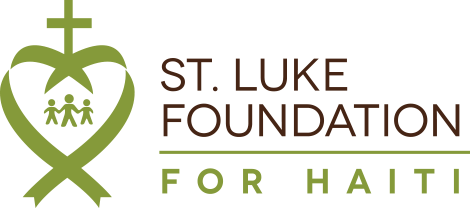Palm Sunday, Fr Rick shares some thoughts on the Sunday Mass Readings
/The 6th Sunday of Lent, Palm Sunday, begins the Most Holy Week for Christians.
Just as the Holy Incarnation begins in the humility of a manger, the Saving Work of Jesus begins as he humbly mounts a donkey.
The details of every passage of Scripture contain rich teaching. The gospels say Jesus entered Jerusalem on a colt, the foal of a donkey. Three words describe the delivery vehicle to Jerusalem. Both foal and colt determine male sex, and narrow down the age of the donkey which was never ridden (colt less than five years, foal less than a year.)
In two different Old Testament prophesies, the Messiah is predicted to appear either on a donkey, or riding on the clouds in light. Ancient scholars of Talmud eliminated the contradiction by a precision. If the people were worthy, the Messiah would enter on the clouds, and if unworthy on a donkey.
Thus the donkey is a judgement implicit on the people.
Jesus eliminated the contradiction with the understanding that his entry would be dual: an earthly way for the work of atonement (passion and death), and a glorious way when all things would be accomplished.
The donkey has made itself important in philosophy, politics and religion. In philosophy, "Buridan's donkey" is supposed to show that equal and opposite forces, even of will, cancel each other out. A donkey at an equal distance from two bales of hay, it is proposed, will starve. This is sophistry, but it spans centuries, from the time of Aristotle. Anyone who knows donkeys know the donkey will eat BOTH bales in no time flat.
The donkey enters politics as symbol of the Amercian Democratic party. Buridan's Donkey is a feature of one of the speeches of Abraham Lincoln. Just to give two examples.
The first important donkey in the Bible belongs to the prophet Balaam, who became a false prophet. As he rode his donkey for an evil intent, the road was blocked by an angel of judgement, seen by the donkey but not by Balaam. Balaam beat the donkey for stubbornness. When the donkey tried two other routes, the same angel blocked and the same beating occurred. Finally God gifted the donkey with a few minutes of speech. The donkey berated Balaam and asked if he could not see the angel. The angel then appeared to Balaam and said he would have killed Balaam for being a false prophet, if it weren't for the obedience of the donkey.
Then there is the donkey of Jesus. Hamor, in Hebrew. The tri-consonant HMR also means a brown red substance, like the earth, or certain wine, and certain breads. It is also the color of the pitch used to make something waterproof. HMR is used to describe the floating basket that delivered Moses from his mother to the courts of Pharaoh on the Nile. Jesus rides the HMR that shows his domination of the natural world, reveals him to be the bread and wine of life and of eucharist, and compares him to Moses, delivered unto bondage in order to work salvation for the people. Jesus would fall into the bondage of evil and death, to both break and mock their power.
When kings went to war, or showed their might through pageantry, they rode a high horse, an elephant, or a camel. If they were carrying a message of peace, or just joining the people in a celebration, they travelled on donkey. Jesus showed himself, by his choice, to be a humble King of Peace, entering the City of Shalom (peace).
They were met with waving palms and carpets of greenery. This is praise and jubilation. Very short lived. Only days later, none of those people could be found to help Jesus in his agony. The praise was stillborn. It turned to ash. We burn the palms of the previous palm Sunday to make our foreheads on Ash Wednesday. Thus is the glory of the world.
The instinct to praise is the beginning of prayer. This is taught in ancient Catholic tradition. Praise leads to thanks, and thanks leads to intercession.
How do we keep the green vibrancy of our lives and our loves jubilant in praise of God, whatever befall us? How do we prevent our faith from being still born, or our destiny from turning to ash?
Maybe by recognizing our physical body, made from humble and earthy clay, as HMR- carrying the majesty of the Messiah. Maybe even more by carrying Him to the "Jerusalem" where the marginalized of day are in the throws of agony and evil. Maybe by allowing our Majestic Rider to be the one who sites angels and demons along the way, and steers us rightly, rather than letting our ego imaginations take the wheel.
There is a lot to think and pray about, related to our place as believers in today's world.
May our praise of God be full throated and life long, and our love of God be all too evident in the kindness we show to those in need.
The link: https://youtu.be/jLsO8yZYw7U
Fr Richard Frechette CP
Port au Prince, March 23, 2021



